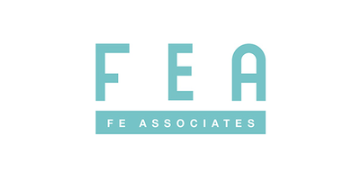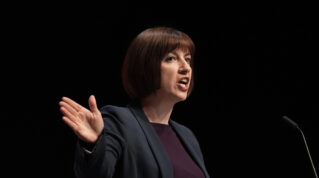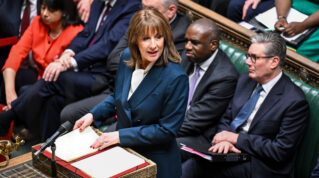Many councils have effectively frozen special school budgets again this year, with leaders sounding the alarm that £1 billion of extra SEND funding is “not getting anywhere near children”.
In November, chancellor Rachel Reeves announced the core schools budget would increase by £2.3 billion next year, with £1 billion specifically for high needs.
Education secretary Bridget Phillipson said the extra £1 billion would “go directly to providing provision” – and represented a 6 per cent real-terms increase.
But Schools Week has found that many councils are not passing on the funding.
Confederation of School Trusts (CST) research suggests that, of a sample of 27 local authorities, 20 (74 per cent) have not lifted high needs funding for special schools.
The highest increase in the sample was also just 3 per cent.
‘Little choice but to make cuts’
CST CEO Leora Cruddas said the “stagnant funding” – combined with “increasing demand [and] rising costs” – will leave special schools with “little choice but to make cuts to the education of our most vulnerable pupils”.
Special schools receive a £10,000 payment, called place funding, for each of their pupils. This has remained since last year.
They receive additional “top-up” payments – set by local authorities – based on the needs of individual children detailed in education, health and care plans (EHCPs). However, there is no requirement for councils to improve their high needs funding – only to ensure that it does not fall.
National Association of Special Schools CEO Clare Dore said the findings suggest the extra cash “isn’t making its way through to schools”.
She added: “There’s an expectation that schools can do exactly the same on real-terms less money… but special schools are now really struggling. You’re in danger of eroding specialism over time.”
Special schools with high reserves
Warren Carratt, CEO of Nexus MAT which runs special schools, said the government has “enabled this” by setting a “minimum funding guarantee of 0 per cent, which is allowing some councils to withhold much-needed funding increases from the schools that need it most”.

Staffordshire council said its decision not to increase top-ups was in line with the government’s minimum funding guarantee which, the guidance says, “continues to offer protection for special schools”.
The authority is “one of the 40 lowest funded” and “determined to campaign for fairer funding for all pupils in the county”.
Southwark council deputy leader Jasmine Ali revealed that the authority “identified significant budget surpluses in most” of its special schools while drawing up plans to reduce its dedicated schools grant deficit.
Benchmarking suggested its top-ups were about “20 per cent above comparators”, so top-up funding has not increased overall.
But individual arrangements have been negotiated with special schools not carrying “similar financial reserves… to ensure they were not adversely impacted by the pause in the inflationary uplift”, she added.
0% plan ditched after pushback
Luton said it has increased high needs funding by 15 per cent since 2021. But “due to the continued and growing strain on the high-needs block, it has not been possible to implement a further increase”.
However, it has “introduced two additional funding streams specifically designed to support the most complex pupils attending special schools” in “recognition of the increasing complexity of needs within the borough”.
Nottinghamshire schools’ forum papers show it consulted special schools on keeping top-up rates at 2024-25 levels.
It forecasts that increased high-needs funding “may not be sufficient to cover the costs expected to be incurred… most notably the expenditure on independent specialist provision”.
But, after the schools flagged “inflationary pressures”, it was “decided that an uplift… of 0.83 per cent should be given to the lowest funded”.
James Macdonald, who chairs the forum and is COO of a trust running a special school, said the rise creates “a very tight picture”.
“As with every special school in the country, we have a significantly higher support staff ratio per pupil and their pay increase has been suggested at 3.2 per cent,” he said.
“While the majority of special schools in Nottinghamshire have some reserves, you can only spend them once.”
What use is ‘record funding’?
Carratt, who runs three special schools in Nottinghamshire, branded the increase “paltry”. His schools “will have to do less with less, as there are no more efficiencies left in the system”.
Despite Phillipson’s comments, the Treasury admitted in budget documents that it expected £865 million of the £1 billion extra on high needs to go on reducing councils’ huge SEND deficits.
A National Audit Office report last year revealed that the DfE predicted a cumulative deficit on councils’ high-needs funding budgets of about £4.6 billion by March 2026.
The cash was an “important step” to return the system “to financial sustainability”, the Treasury said.
But Carratt added: “Trumpets are being blown about ‘record funding going into SEND’. What use is that if it’s not getting anywhere near children and young people?”















Your thoughts